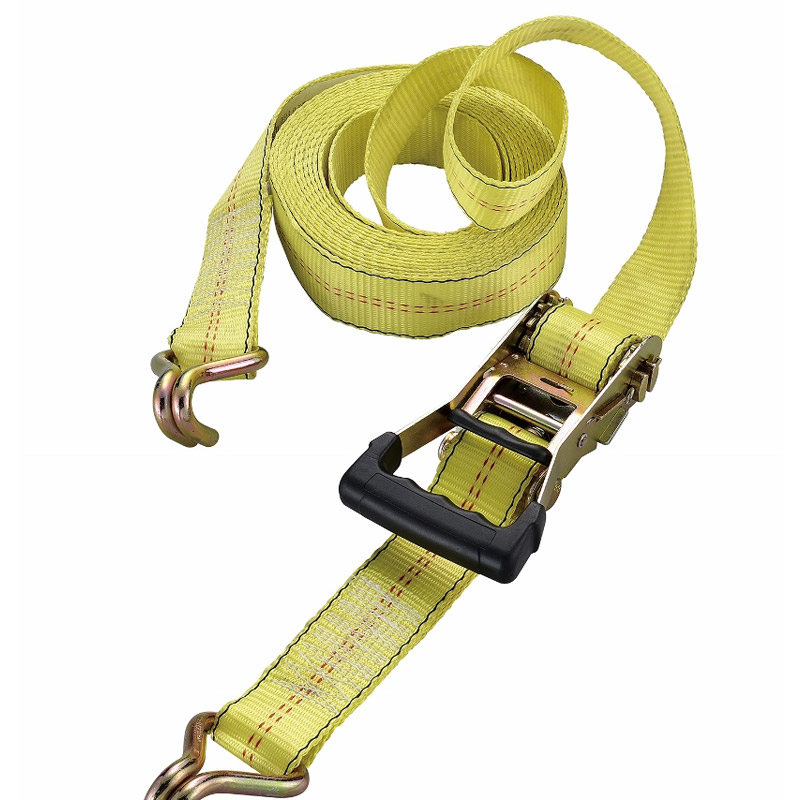chipboard floor screws
Understanding Chipboard Floor Screws A Comprehensive Guide
Chipboard, commonly known as particle board, is a widely used material in construction and furniture making due to its cost-effectiveness and versatility. As the demand for chipboard products increases, so does the need for appropriate fastening solutions. This is where chipboard floor screws come into play. These specially designed screws offer a reliable way to secure chipboard flooring, ensuring durability and stability in your projects.
What Are Chipboard Floor Screws?
Chipboard floor screws are specifically engineered screws designed for fastening chipboard sheets or boards. Unlike standard screws, these screws often feature a unique thread design, wider head, and a sharp point to penetrate chipboard easily without splitting it. The threads are typically coarse, which helps in creating a strong grip within the material, allowing for better load-bearing capabilities.
Benefits of Using Chipboard Floor Screws
1. Enhanced Grip The coarse threads of chipboard floor screws allow them to bite into the material more effectively than standard screws. This improved grip minimizes the risk of loosening over time, ensuring the structural integrity of the flooring.
2. Reduced Splitting One of the most significant challenges when working with chipboard is the risk of splitting the material. Chipboard floor screws are designed to reduce this risk, thanks to their specialized point and thread geometry.
3. Easy Installation These screws are not only effective but also user-friendly. Many chipboard floor screws can be driven directly into the board without pre-drilling, speeding up the installation process.
4. Corrosion Resistance Many chipboard floor screws are coated with protective finishes, such as zinc or polymer coatings, which help resist corrosion. This feature is vital when installing flooring in areas that may be exposed to moisture.
chipboard floor screws

5. Versatility While primarily designed for chipboard, these screws can also be used with other materials such as plywood and MDF, making them an excellent addition to any DIY toolkit.
Installation Tips
When installing chipboard floor screws, it is essential to follow some best practices for optimal results. Here are a few tips
- Pre-drilling While many chipboard screws do not require pre-drilling, for larger or thicker sheets, it may still be beneficial to pre-drill holes. This extra step can ensure better alignment and reduce the risk of splitting.
- Spacing Ensure that you space the screws properly (usually every 12 to 16 inches) to provide even support across the floor.
- Flush Installation When driving the screws, aim for a flush finish or a slight countersink, which will help prevent any protruding screw heads that may be hazardous.
- Use the Right Tools A power screwdriver or drill with an appropriate bit will make the job easier and quicker.
Conclusion
In summary, chipboard floor screws are an essential component for anyone working with chipboard materials. Their unique design offers numerous advantages, from enhanced grip to reduced risk of splitting. By understanding how to use these screws effectively, you can ensure that your flooring projects are not only successful but also long-lasting. Whether you’re a DIY enthusiast or a professional contractor, incorporating chipboard floor screws into your toolkit can significantly enhance the quality of your work.
-
Weatherproof Plastic Expansion Anchors for OutdoorНавіныJun.06,2025
-
Sustainability in the Supply Chain: Eco-Friendly TEK Screws ProductionНавіныJun.06,2025
-
Load-Bearing Capacity of External Insulation FixingsНавіныJun.06,2025
-
Double Head Bolts: Enhancing Efficiency in Industrial MachineryНавіныJun.06,2025
-
Corrosion Resistance in Chipboard Screws: Coatings for Wholesale DurabilityНавіныJun.06,2025
-
Butterfly Toggle Bolts : Enhancing Structural ResilienceНавіныJun.06,2025
